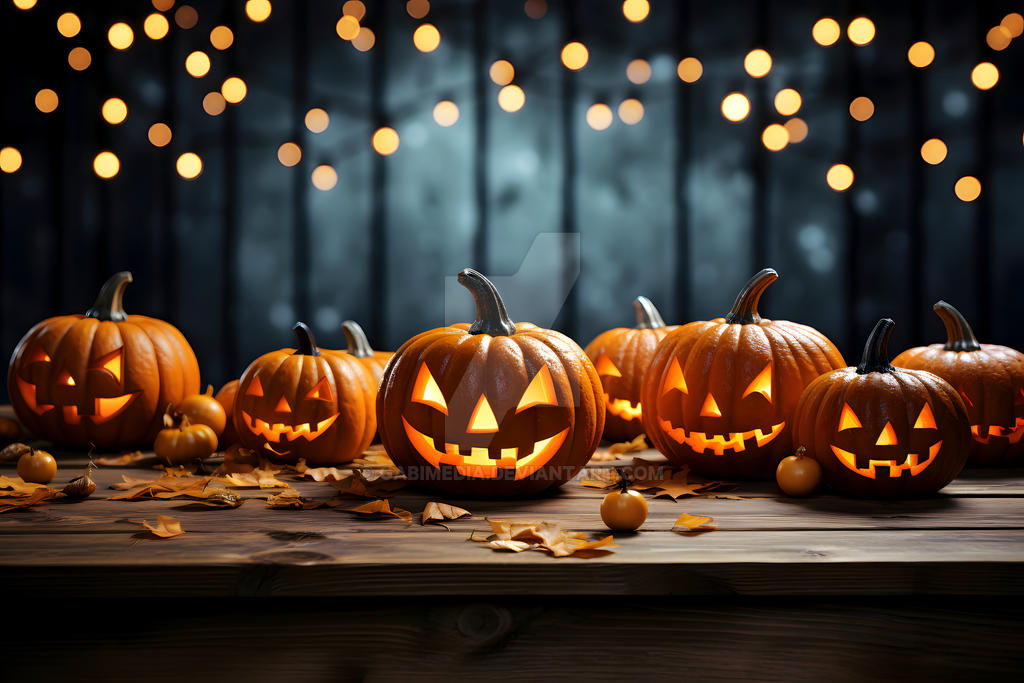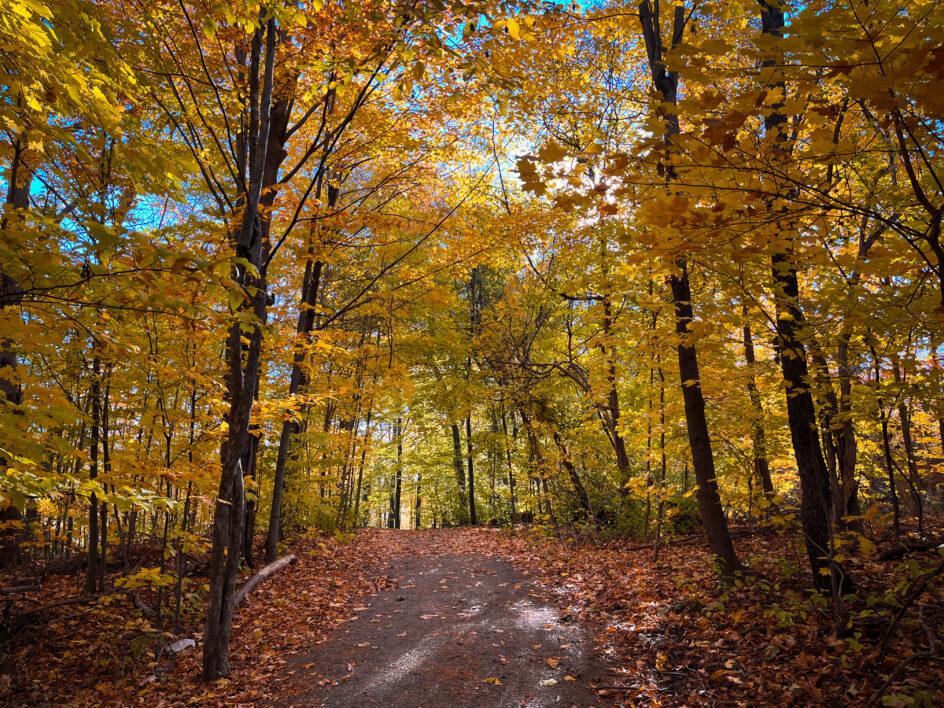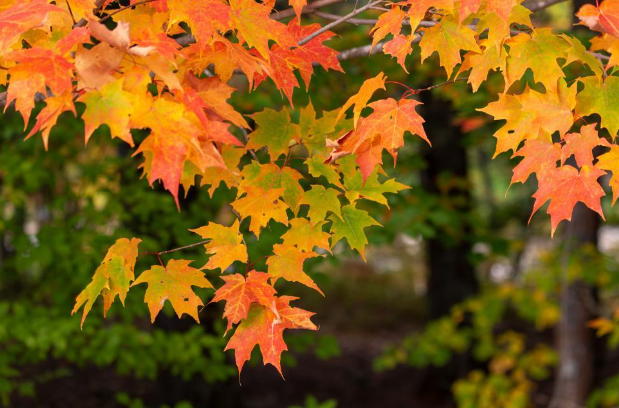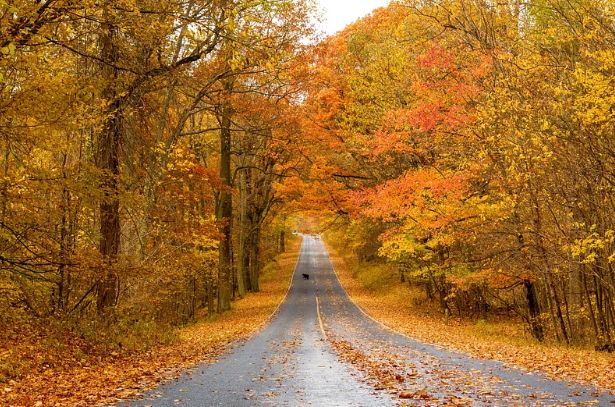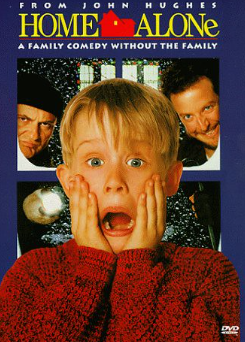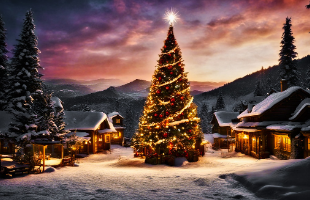Halloween is a popular holiday celebrated every year on October 31st, promising a night of spooky fun and festivity. This tradition is enjoyed by people all over the world, including the United States, Europe, Mexico, and Japan. The holiday has evolved to include costume-wearing, candy-collecting, and eerie decorations. The excitement mainly revolves around children dressing up in various costumes, often themed around creatures such as ghosts, vampires, or witches, and going door-to-door, collecting candy from neighbors. How did this unique holiday, which blends religion and folklore from all over the world, come to be?
The origins of Halloween date back over 2,000 years to an ancient Celtic festival called Samhain, which means “summer’s end.” Celebrated from the night of October 31st into November 1st, Samhain marked the transition from summer, A.K.A the harvest season, into winter, regarded to be the darker, colder part of the year. It was one of four major Celtic seasonal festivals, alongside Imbolc, Bealtaine, and Lughnasa. The Celts believed that during Samhain, the veil between the living world and the spirit world was thin, allowing the spirits of the deceased to return. Fearing encounters with harmful spirits, people wore animal-skin costumes and gathered around large bonfires to ward off any malevolent presences. These gatherings also included the sacrifice of cattle, the sharing of a communal meal, and prayers.
By the 9th century, the spread of Christianity brought efforts by the Church to Christianize the celebration. To blend Samhain with Christian customs, the Church established Allhallowtide, a three-day religious holiday. This included All Hallows’ Eve (October 31), All Saints’ Day (November 1), and All Souls’ Day (November 2). This aligns with the Día de Los Muertos, the Day of The Dead. All Hallows’ Eve, now known as Halloween, was considered a time to prepare for All Saints’ Day, which involves a feast to celebrate all saints in the Church. The final day, All Souls’ Day, was dedicated to prayers and remembrance for all faithfully departed souls.
One of Halloween’s most popular practices, “trick-or-treating,” has roots in the Scottish tradition of “guising.” Dating back to the 16th century, guising involved children dressing up in costumes and going door-to-door to perform songs, recite poems, or tell jokes in exchange for small gifts or treats. These disguises were believed to help them blend in with spirits wandering on Halloween night, therefore protecting them from being harmed by these spirits.
The origin of the jack-o’-lantern, a staple Halloween decoration, traces back to an Irish folktale about “Jack of The Lantern,” the story of a man who was rejected from both heaven and hell and left to roam the earth with only a carved turnip and a piece of glowing coal to light his way. To protect their homes from spirits like Jack, people in Ireland and Scotland began carving faces into turnips or potatoes. In the 1800s, Irish immigrants brought this practice to America. Since pumpkins were native to America and found to be ideal for carving the turnips and potatoes were replaced by pumpkins.
Halloween has transformed significantly from its ancient origins in the Celtic festival to the fun and fright-filled holiday we know today. Its journey from a celebration of the season’s change, marked by customs to protect against spirits, to a blend of Christian and folkloric traditions reflects its cultural roots. Halloween’s mix of old and new customs, whether it’s trick-or-treating, costume-wearing, or pumpkin-carving, continues to connect people worldwide.
























































































































